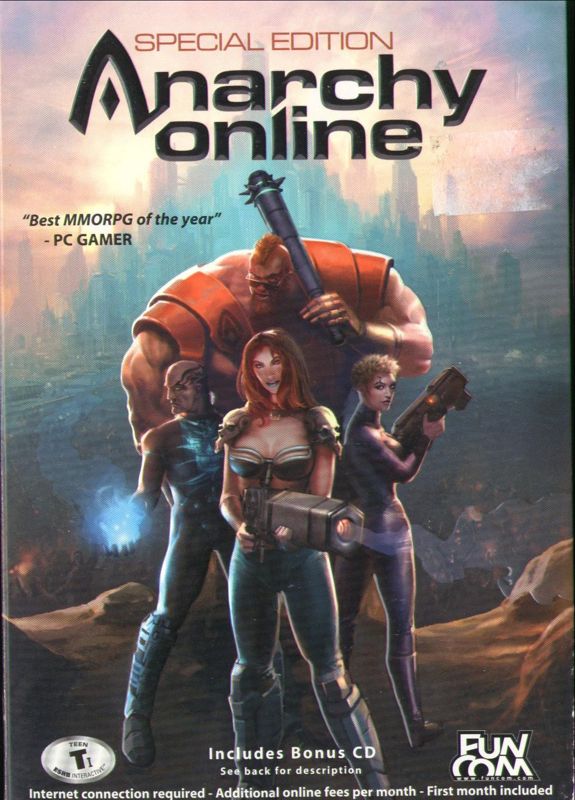Chapter 1: The Company That Couldn't
A three-decade masterclass in transforming promising concepts into expensive disappointments
The Founding: Five Norwegians and a Dream (1993-1999)
Funcom emerged in 1993 from the minds of five Norwegian developers: Erik Gloersen, Tyr Neilsen, Andre Backen, Gaute Godager, and Olav Mørkrid 1. Like most indie studios, they started with genuine passion for creating games, doing work-for-hire projects to fund their own ambitious titles. Their early portfolio included console games like Daze Before Christmas (1994) and Winter Gold (1996) for platforms like Sega Genesis and Super Nintendo 2 3.
Initially, Funcom operated as a ‘guns-for-hire’ studio, doing contract work to finance their own ambitious projects 2. This work included ports, licensed titles, and whatever paid the bills while they nursed bigger ambitions. Little did anyone know they were laying the foundation for thirty years of systematic disappointment.
But hey, everyone starts somewhere. And sometimes “somewhere” is making Casper games for the original PlayStation TROLOLOL
The Online Vision: Anarchy Online Development Begins (1995)
While the rest of the gaming world was still figuring out what this “internet” thing could do, Funcom quietly began development on what would become their defining project: Anarchy Online. Starting as a “small research project” in 1995, even before titles like Ultima Online and EverQuest hit the market, the Oslo developer was channeling resources into building an online world 5.
The initial team included Ragnar Tørnquist (later of The Secret World fame), whose task was creating an entire universe from scratch. This wasn’t adapting existing IP - this was pure creative ambition, building a sci-fi MMORPG set on the alien world of Rubi-Ka where different factions fought over a valuable mineral called Notum 6.
The scope was wildly ambitious for a small Norwegian studio. As Tørnquist recalled: “We always thought, ‘We can do anything, we can pull anything off’” 1. The initial plan included a narrative lifecycle that would end after four years - because apparently they thought MMOs had expiration dates LMAOOO
Not everyone at Funcom thought this was smart. An internal group at the studio called the Anarchy Online team “insane” 5. Turns out they weren’t wrong, just early in recognizing the pattern.

*sigh* so many memories! :3
The Hype Machine: E3 2000 and Launch Disaster (2000-2001)
By 1999, Funcom had transitioned into being an independent developer with a team of 70 people working on Anarchy Online 5. The game was officially announced at E3 2000, and “almost instantly, hype for Anarchy Online swelled to tremendous proportions” 1.
The game promised to be revolutionary: the first sci-fi MMORPG, featuring dynamic quests, instancing, free trials, and in-game advertising 3. It would be available via digital distribution - another industry first. The marketing painted it as the future of online gaming.
Then June 2001 arrived, and Funcom delivered their first masterclass in how to completely botch a game launch.
Players discovered invalid product keys shipped with retail copies. They were billed twice for registration fees. The game crashed constantly. Entire areas of the world were inaccessible. Customer service was overwhelmed by complaints from players who had paid for a product that fundamentally didn’t work 8.
This established what we now recognize as the Funcom Launch Cycle: ship broken product, blame infrastructure, patch frantically, offer compensation, declare victory. Twenty-four years later, they’re still using the same playbook with Dune: Awakening TROLOLOL
The Pattern Emerges
Despite the disastrous launch, Anarchy Online eventually stabilized and became “one of the oldest surviving games in the genre” 7. It pioneered features that became standard in MMORPGs and maintained a dedicated playerbase for over two decades 4.
But the damage to Funcom’s reputation was done. They had proven they could create ambitious, innovative games… and completely bungle the execution. The technical vision was there. The creative ambition was real. The basic competence required to deliver a functional product at launch? Apparently optional.
This wasn’t a one-off disaster - it was the template they would follow for the next three decades, from Age of Conan to The Secret World to Dune: Awakening. The names changed, the budgets got bigger, but the pattern remained constant: promise revolutionary gameplay, deliver broken products, blame external factors, repeat.
Current Dune: Awakening player count: 20,500. Peak player count: 189,333. Some patterns never change \o/
Next up: Chapter 2: Blood, Sand and Hype explores how Funcom parlayed their Anarchy Online “success” into even bigger disasters, including the retention catastrophe that was Age of Conan.